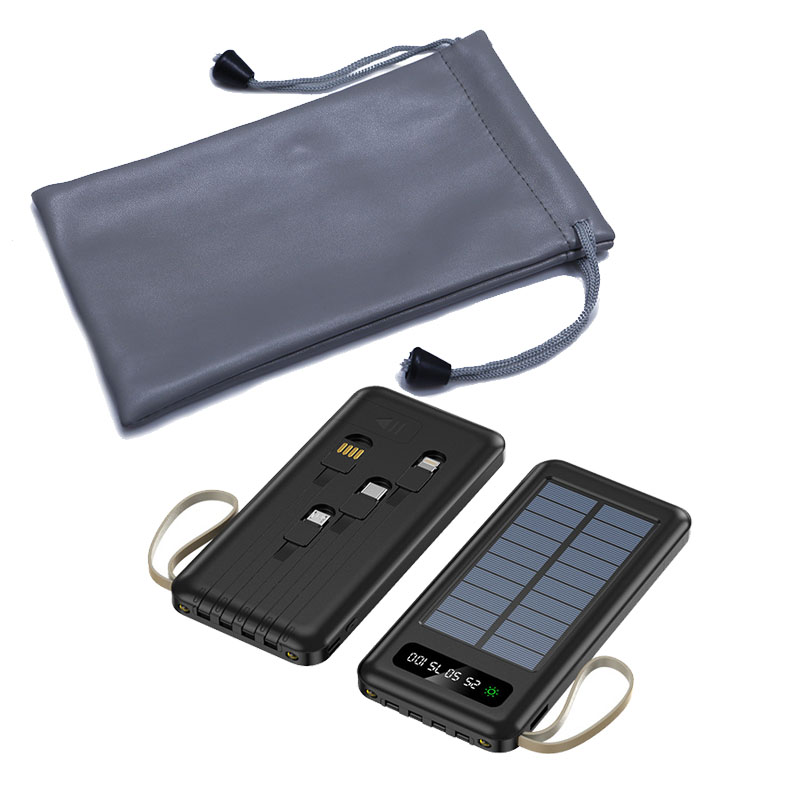Electronics Accessories Anti-Static Drawstring Bags: Practical Protection Solutions Breakdown
In international transport of electronic accessories, static electricity is an invisible threat—an ordinary drawstring bag can accumulate a static charge of up to 15,000 volts, enough to instantly damage mobile phone motherboard chips. In 2023, a domestic cross-border e-commerce company lost over 500,000 RMB in a single batch due to static-related packaging issues. As customs in the EU, the U.S., Japan, and other countries upgrade their ESD testing standards, anti-static packaging has transitioned from being a “bonus” to a “mandatory requirement.” Based on practical experience from over 200 electronics companies, this article analyzes the core principles of anti-static shipping for sea freight, common selection mistakes, and inspection methods to help you avoid product damage and meet international compliance standards.
Why Do Electronics Accessories Need Anti-Static Packaging?
- Examples of Static Damage
- Static electricity generated by friction during transport can cause:
- Malfunctions in mobile phone chips
- Poor battery contact in Bluetooth earphones
- Oxidation of metal components on circuit boards
- Real Case Example: A foreign trade company used regular fabric bags, resulting in 30% of smart watch accessories being defective upon arrival, leading to a 120,000 RMB compensation to the customer.
- Customs Requirements
- Countries like the EU, U.S., and Japan require electronic product packaging to pass anti-static tests (with an easy-to-follow testing flowchart included).
- Common non-compliance reasons: substandard materials, ungrounded designs, ink damaging anti-static layers.
Comparison of 4 Common Solutions: Advantages and Disadvantages
| Solution Type |
Cost |
Effective Life |
Applicable Scenarios |
Defect Warning |
| Ordinary Coated Fabric |
¥0.8/unit |
6–8 months |
Domestic short-distance transport |
Loses efficacy after washing |
| Carbon Fiber Blend |
¥1.5/unit |
1–2 years |
Standard export |
Brittle at low temperatures |
| Metal Coated Shielding |
¥2.2/unit |
Over 3 years |
Medical/military components |
Cannot be folded for transport |
| Custom Composite Structure |
¥3.0/unit |
Over 5 years |
High-value precision instruments |
Requires grounding device integration |
Our 3 Anti-Static Solutions (Customizable According to Needs)
Solution 1: Basic Anti-Static Model (Best Value Option)
- Applicable Scenarios: Data cables, chargers, and other common accessories
- Core Features:
- Surface resistance of 10^6–10^9Ω (meets international standards)
- Anti-static coating with a 2-year effective lifespan
- Customizable sizes (from 5cm × 5cm to 40cm × 50cm)
Solution 2: Enhanced Shielding Model (For Precision Components)
- Applicable Scenarios: Chips, sensors, medical equipment parts
- Upgraded Features:
- Triple-layer shielding structure (dust-proof, anti-static, and cushioning)
- Conductive wire integrated into drawstring for grounding connection
- Suitable for independent packaging in clean rooms
Solution 3: Custom Printed Model (For Brand Usage)
- Applicable Needs: Company logo printing, brand color customization, eco-labels
- Key Features:
- Anti-static layer and ink are processed in separate layers, ensuring clear patterns without losing efficacy
- QR codes or RFID tags for traceability and anti-counterfeit
The 4 Most Common Customer Questions
- "How long will the anti-static effect last?"
Laboratory Testing: Under temperatures of -20°C to 60°C and humidity of 20% to 80%, the anti-static performance lasts for at least 18 months.
- "Will the packaging lose its effectiveness in a humid sea freight container?"
Solution: Hydrophobic materials ensure continued protection even in environments with 85% humidity (with a recommended sea freight packaging checklist included).
- "How can I test if the anti-static packaging is qualified?"
Simple Self-Test: Use a static tester to contact the bag. If the reading is between 10^6–10^9Ω, it meets the standard (video guide included).
Customer Case Studies
Case 1: Bluetooth Earphone Exporter in Shenzhen
- Pain Point: Goods were detained at the European port due to failing static electricity testing.
- Solution: Switched to aluminum-coated shielding bags with conductive drawstrings.
- Outcome: No returns for 12 months, and sea freight time improved by 3 days.
Case 2: Medical Equipment Manufacturer in Hangzhou
- Pain Point: Surgical robot parts were oxidizing during storage.
- Solution: Customized anti-static bags with a constant humidity system (40–60% RH maintenance).
- Outcome: Defective rate reduced from 18% to 0.4%.
Conclusion
The essence of anti-static packaging for electronics accessories lies in controlling the release path and speed of static electricity, not completely isolating its generation. From material resistance adjustments and multi-layer structural designs to optimizing environmental adaptability, every stage must match the product's characteristics and transport scenarios. Businesses should focus on three main points:
- Prioritize testing packaging performance under extreme temperature and humidity conditions.
- Choose certification schemes that align with the standards of the destination country.
- Establish a simple inspection process before goods enter the warehouse.
As the precision of electronic components continues to rise, anti-static packaging is evolving towards functional integration (such as humidity monitoring and electromagnetic shielding) and eco-friendly, biodegradable solutions. Early technological upgrades will become a critical competitive edge in cross-border trade.




 We like to do design according to all the customers' requirements, or offer them our new designs. With strong OEM/ODM capabilities, we can fill your sourcing demands.
We like to do design according to all the customers' requirements, or offer them our new designs. With strong OEM/ODM capabilities, we can fill your sourcing demands.